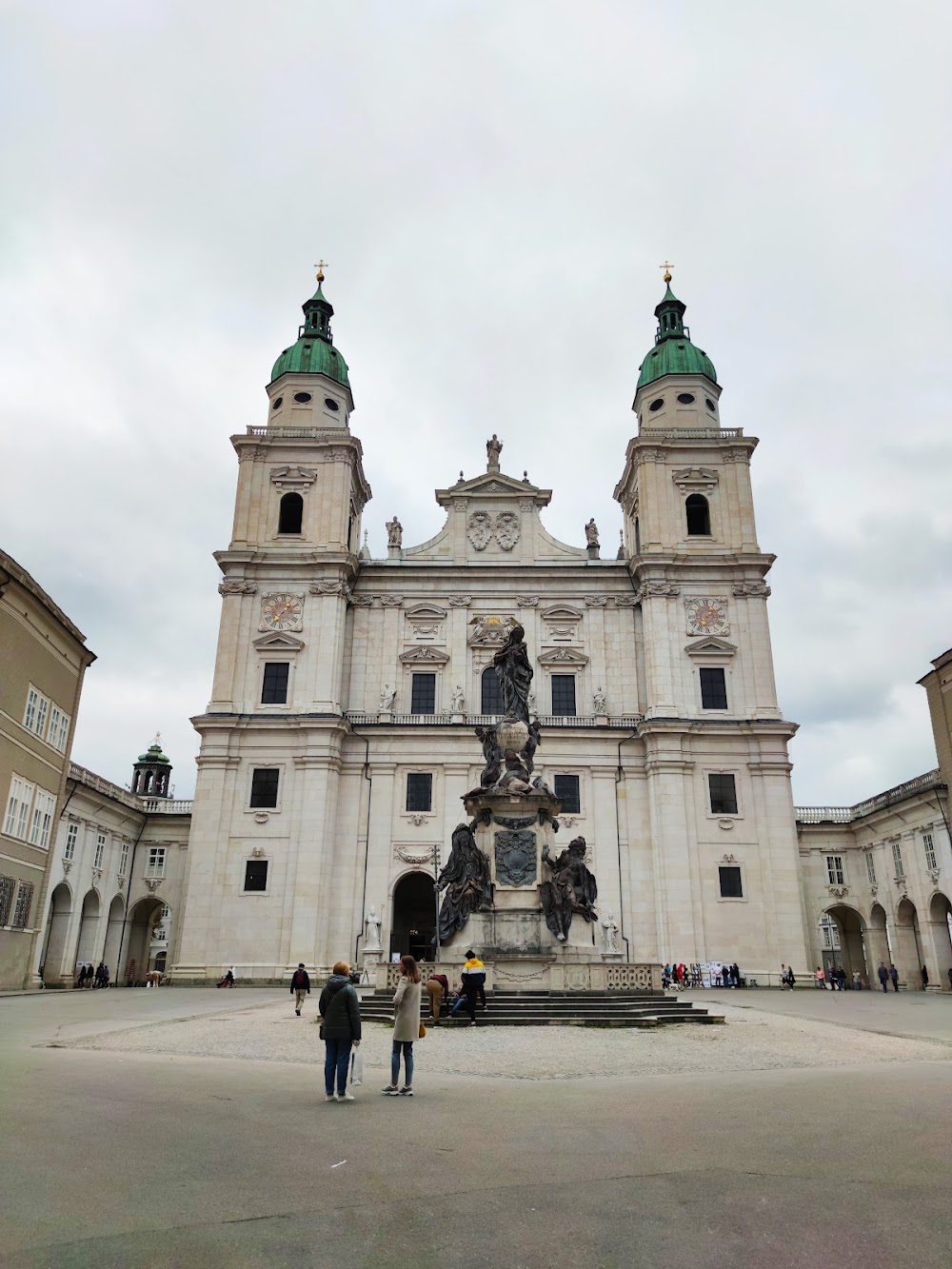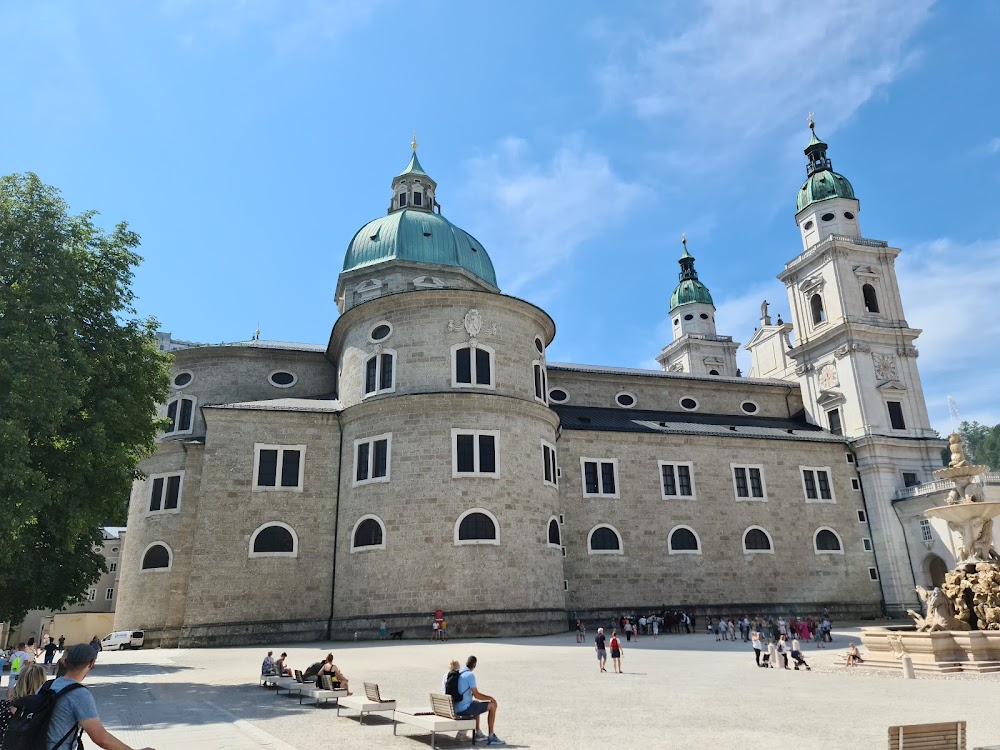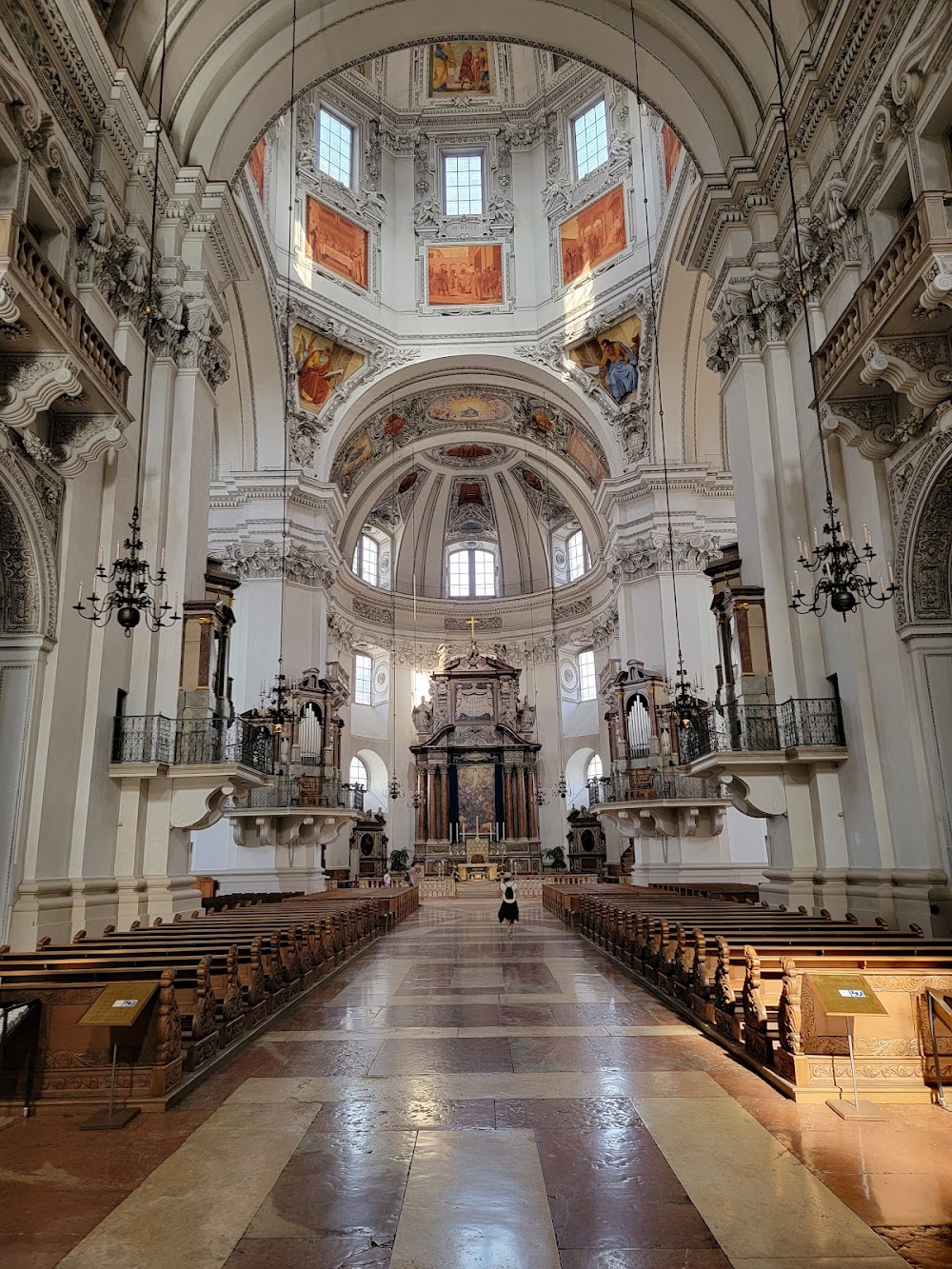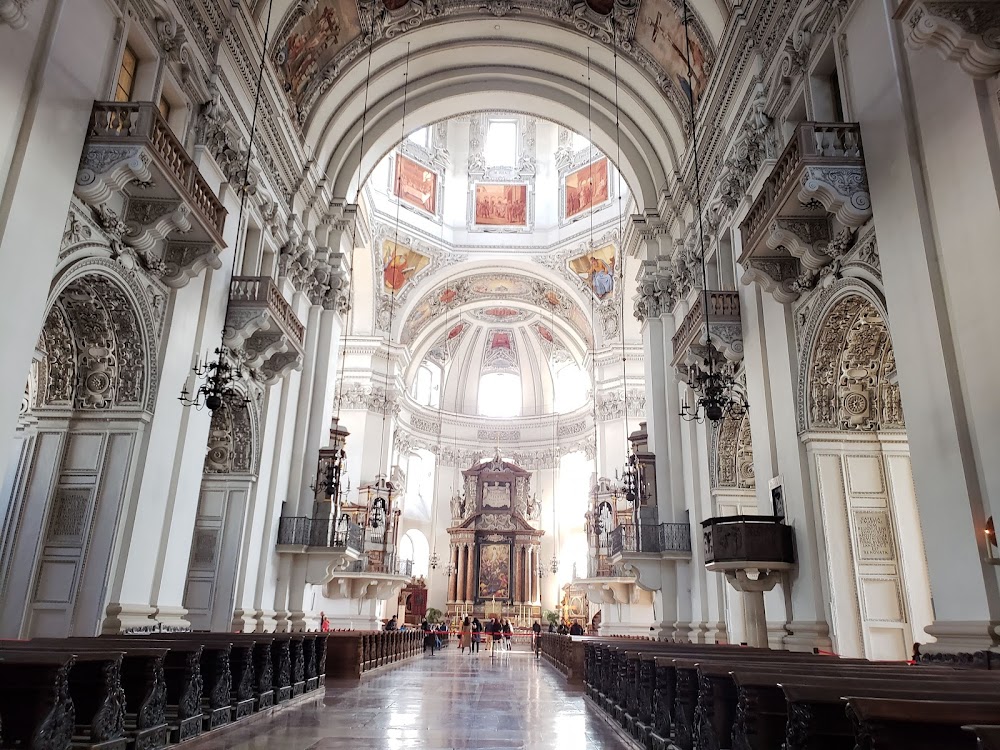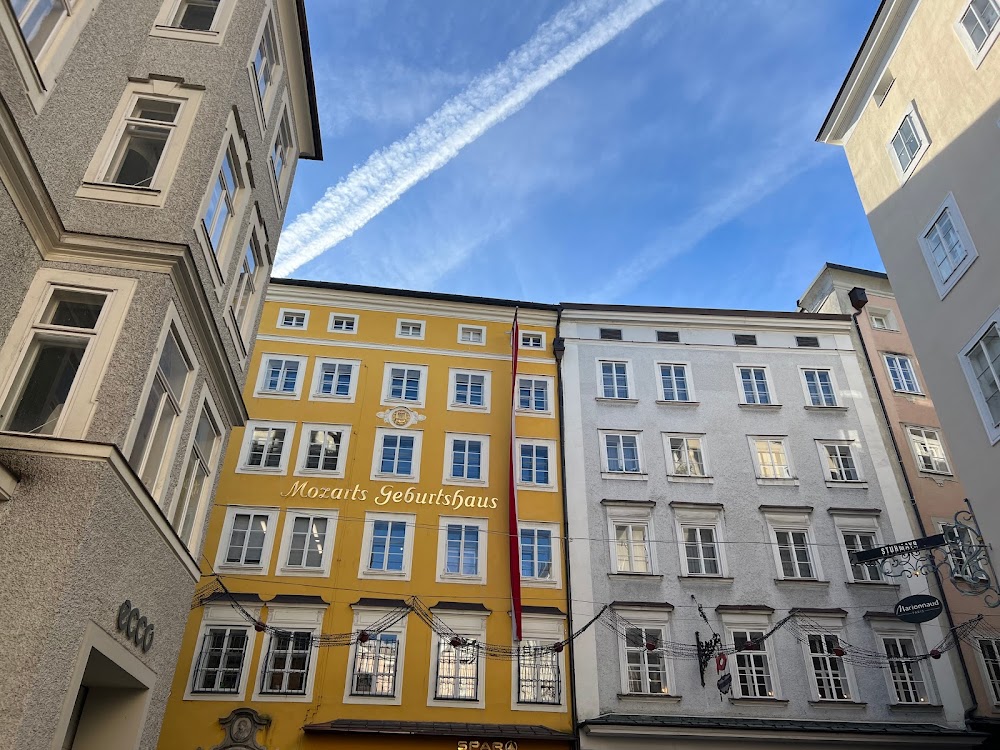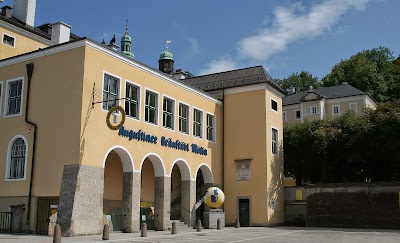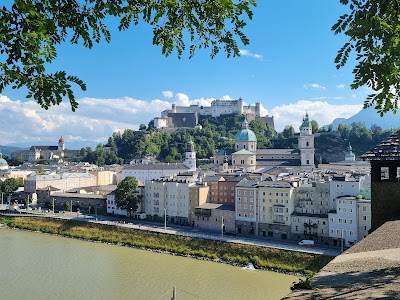Salzburg Cathedral (Salzburger Dom)
Overview
Salzburg Cathedral: A Baroque Masterpiece
Nestled in the heart of Salzburg, Austria, the Salzburg Cathedral stands as a magnificent testament to Baroque architecture and serves as a cherished symbol of the city's rich cultural and historical heritage. This stunning edifice is not just a place of worship; it is a vibrant part of Salzburg’s identity, attracting thousands of visitors each year.
A Historical Journey
The current cathedral is actually the third structure built on this site. The original cathedral, constructed around 774, was a modest building commissioned by Saint Virgil, the then-bishop of Salzburg. This early version was later replaced by a larger Romanesque cathedral in 1181 under Archbishop Conrad III. Sadly, a catastrophic fire in 1598 reduced this medieval masterpiece to ruins, paving the way for the grand Baroque cathedral we admire today.
Architectural Ambitions
The ambitious task of rebuilding was entrusted to Prince-Archbishop Wolf Dietrich von Raitenau, who envisioned a more magnificent structure to reflect the growing prominence of Salzburg. He initially engaged the talented Italian architect Vincenzo Scamozzi, whose designs, however, were never fully realized due to Wolf Dietrich’s political misfortunes, which culminated in his arrest in 1612.
It was not until the reign of his successor, Archbishop Markus Sittikus, that construction resumed. Sittikus appointed another Italian architect, Santino Solari, who adapted Scamozzi's plans to embrace the grandeur of the Baroque style. The foundation stone was laid in 1614, and despite the ambitious design, the cathedral was completed and consecrated by 1628, featuring a length of 101 meters and a dome soaring to 79 meters.
Stunning Facade and Interior
One of the cathedral's most captivating features is its facade, crafted from locally sourced marble and adorned with statues of Saints Rupert and Virgil, each holding symbols that resonate with the city’s Christian heritage. The impressive twin towers rise to 81 meters and welcome visitors with grand bronze doors depicting various biblical scenes.
Inside, the cathedral reveals breathtaking interiors, including a nave embellished with frescoes by Donato Mascagni and Ignazio Solari, illustrating the life of Saint Rupert, Salzburg's patron saint. The high altar, an exquisite representation of Baroque artistry, features a striking painting of the Resurrection of Christ by Mascagni.
The Grandeur of the Organ
One of the cathedral's most treasured assets is its grand organ, known as the "Hoforgel." Built by organ maker Josef Mesmer and completed in 1702, this magnificent instrument has been meticulously maintained and continues to be used for various ecclesiastical ceremonies and concerts, enriching the cathedral's vibrant musical heritage.
A Place of Cultural Significance
Salzburg Cathedral is not only a sacred space but also a cornerstone of the city’s cultural life. It is the site where the renowned composer Wolfgang Amadeus Mozart was baptized on January 28, 1756, just a day after his birth. The baptismal font, preserved within the cathedral, serves as a poignant reminder of the city's artistic legacy.
Restoration and Preservation
Over the centuries, the cathedral has undergone several restorations, particularly following damage during World War II. Each restoration has been carried out with great care to preserve its historical and architectural integrity. Today, Salzburg Cathedral stands proudly, inviting visitors to marvel at its beauty and significance.
In essence, Salzburg Cathedral is not merely a house of worship; it embodies the devotion, architectural brilliance, and cultural evolution that define Salzburg. Each stone and statue narrates a story, making it an essential part of the city’s heritage and a must-visit for anyone exploring this enchanting destination.


